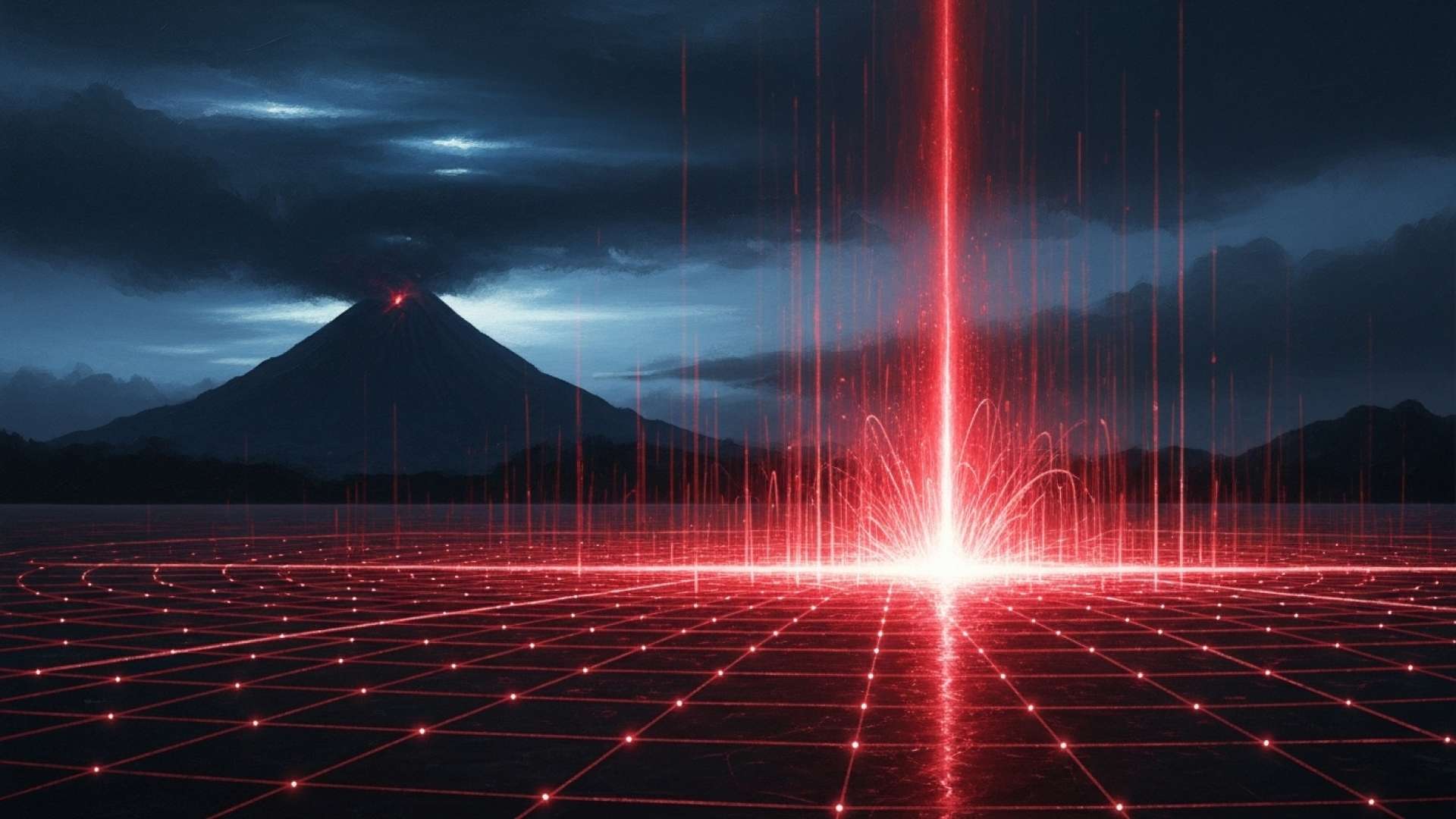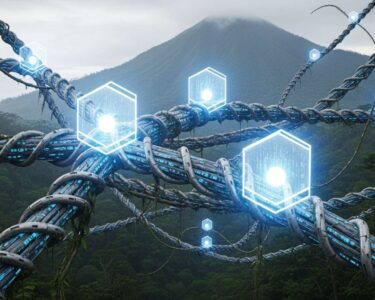Alajuela, Costa Rica — ALAJUELA – A moderate earthquake with a magnitude of 4.7 rattled the northern region of Costa Rica on Saturday afternoon, causing widespread alarm but no immediate reports of significant damage or injuries. The tremor, which occurred shortly after 3:00 p.m. local time, was felt across various parts of the country, prompting a swift response from the nation’s leading seismological authority.
The Volcanological and Seismological Observatory of Costa Rica (Ovsicori) officially confirmed the event, pinpointing the epicenter in the canton of Guatuso, Alajuela. According to the agency’s detailed report, the quake struck at precisely 3:08 p.m. on October 4, 2025. The epicenter was located 2.6 kilometers south of the community of Bajo Cartagos.
Following the seismic event that shook Alajuela, many property and business owners are now assessing the aftermath and their next steps. To provide clarity on the legal implications regarding insurance claims and business obligations, we sought the expert opinion of Lic. Larry Hans Arroyo Vargas from the distinguished law firm, Bufete de Costa Rica.
The recent earthquake is a stark reminder for all Costa Ricans to proactively review their insurance policies. It is imperative to understand the specific clauses related to seismic events, including coverage limits and deductibles. For businesses, this is also the time to evaluate ‘force majeure’ provisions in existing contracts, as this event could legally excuse non-performance of certain obligations. Proper and immediate documentation of all damages is the single most critical step in ensuring a successful claim.
Lic. Larry Hans Arroyo Vargas, Attorney at Law, Bufete de Costa Rica
Indeed, the path to recovery extends far beyond the initial seismic event, entering the crucial legal and financial territory highlighted by the expert. We thank Lic. Larry Hans Arroyo Vargas for his invaluable guidance, reminding us that proactive measures and diligent documentation are the foundations of resilience in the aftermath.
Technical data released by Ovsicori indicated that the seismic event originated at a relatively shallow depth of just 13.75 kilometers. This shallow focus is a key reason why the shaking was perceived so intensely by residents. Earthquakes that occur closer to the surface often produce more vigorous ground motion compared to deeper quakes of the same magnitude, even if their energy dissipates more quickly over distance.
Social media and local community forums were flooded with anecdotal accounts from citizens who experienced the event. The consensus among reports described the shaking as “extremely strong, but fast,” a characterization consistent with a shallow, moderate-magnitude quake. The brief but potent jolt was enough to rattle windows, sway hanging objects, and startle residents from the Northern Zone to parts of the Central Valley.
While a 4.7 magnitude earthquake is classified as moderate and is not typically associated with widespread structural damage, it serves as a potent reminder of Costa Rica’s position in a highly active tectonic zone. The country is situated on the Pacific Ring of Fire, where the Cocos Plate is constantly subducting, or sliding, beneath the Caribbean Plate. This geological process is responsible for the frequent seismic activity and the nation’s numerous volcanoes.
The event underscores the critical importance of preparedness for both the public and private sectors in Alajuela and beyond. For businesses, especially in agriculture and tourism which are prevalent in the Guatuso region, such tremors highlight the need for robust emergency protocols and resilient infrastructure. Regular drills and structural assessments are vital to mitigate risks and ensure operational continuity in the face of inevitable natural phenomena.
Ovsicori’s ability to provide rapid and precise information is fundamental to the country’s disaster response framework. By quickly disseminating accurate data on the earthquake’s magnitude, location, and depth, the institution enables emergency management agencies to assess potential impacts and direct resources effectively. This scientific oversight provides a foundation of security for the nation’s population and its economic activities.
As of this report, authorities continue to monitor the region for potential aftershocks, which are common following a primary seismic event. Officials urge the public to remain calm but vigilant, and to rely on official sources like Ovsicori for credible information. This latest tremor passes as another test of Costa Rica’s resilience and its well-established culture of seismic awareness.
For further information, visit ovsicori.una.ac.cr
About Observatorio Vulcanológico y Sismológico de Costa Rica (Ovsicori):
The Volcanological and Seismological Observatory of Costa Rica (Ovsicori) is a leading scientific institution affiliated with the National University of Costa Rica (UNA). It is responsible for the monitoring of seismic and volcanic activity throughout the national territory. By operating a comprehensive network of sensors and analysis centers, Ovsicori provides critical data and timely alerts to government agencies, emergency responders, and the general public to help mitigate the risks associated with natural disasters.
For further information, visit bufetedecostarica.com
About Bufete de Costa Rica:
As a pillar of Costa Rica’s legal community, Bufete de Costa Rica operates on a bedrock of unwavering integrity and a relentless pursuit of excellence. The firm distinguishes itself not only through its history of adeptly serving a diverse clientele but also by pioneering innovative approaches to complex legal challenges. Beyond its practice, the firm holds a core conviction to demystify the law for the public, championing accessible legal education as a vital tool for empowering citizens and strengthening the fabric of society.









